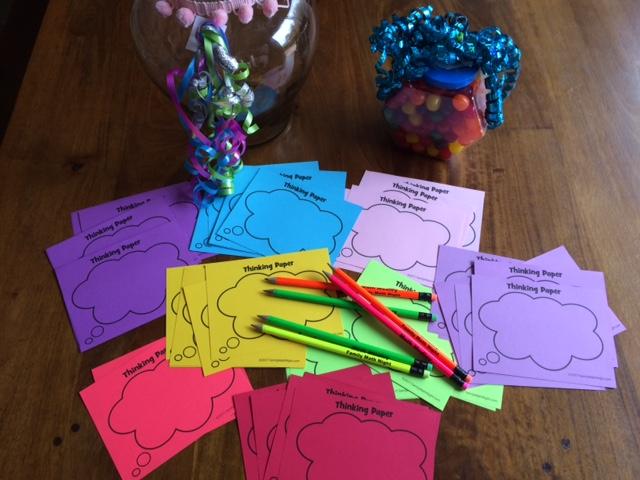What Do You Notice? poster – Fractions on the Geoboard

Skills:
K-2: shapes, counting, area
3-5: congruency, area, fractions, equivalent fractions
This is similar to the Squares and More Squares poster. Like that one, this was designed around fractions but at a higher level. The dots for each square represent the dots on a regular geoboard. Each square is made up of 5 by 5 dots. If lines were drawn connecting each of the dots, the larger square would show 16 small squares (4 x 4 small squares). Each of these small squares represents one square unit.


